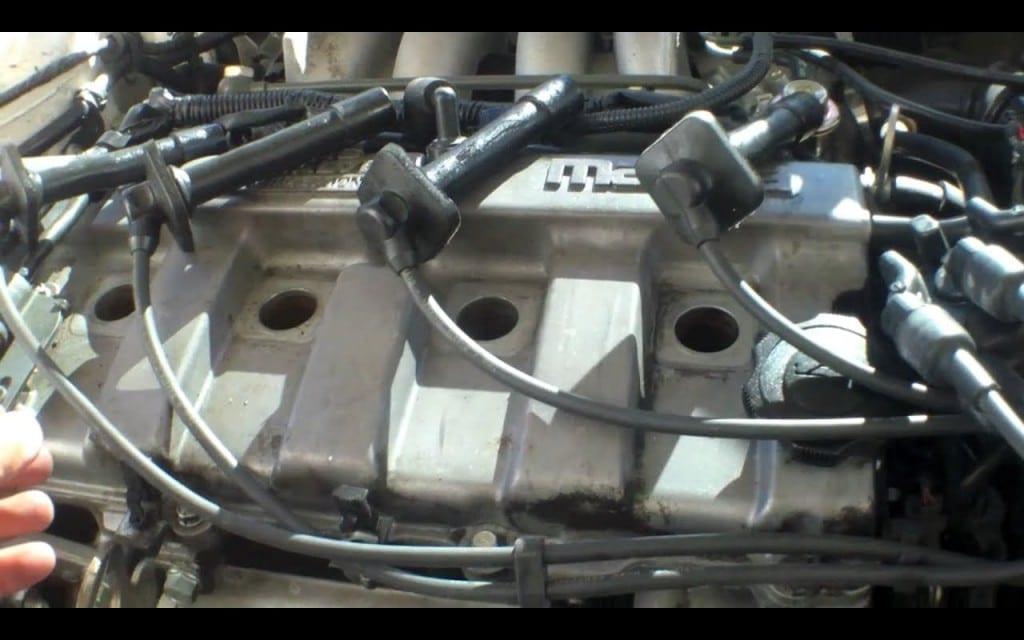Mazda plans on doing something…interesting, to say the least, with its future engines. That quizzical move involves removing spark plugs from its gasoline engines. Then again, Mazda does give all its models a dose of sportiness, and they really do go nicely down the road. Therefore, we should trust them and accept the fact this is happening. But, it’s still a strange idea, and one that warrants further investigation. Don’t you think? After all, spark plugs have been around for decades, and are an integral part of an engine.
But it does beg the question, “Why is Mazda doing this?” After I answer that, I’ll briefly explain what spark plugs do, and why they’re an integral part of an engine. Then, we’ll go over what Mazda is calling their Homogenous Charge Compression Ignition – the new way their engines will run.
Why?
Mazda is making a revolutionary attempt to boost fuel economy of gasoline engines by removing spark plugs from their engines entirely. What will they do instead for their SkyActiv engines? They’ll borrow a page from the diesel engine book and use compression ignition instead.
Essentially, that means you’ll be getting diesel-like fuel economy on gasoline engines. Sounds like a great concept, if the idea works.
What’s A Spark Plug Do?
In a gasoline engine, the spark plug plays an integral role in engine performance. As in, a gasoline engine wouldn’t work without one.
After the piston draws air into the cylinder through an intake port, the spark plug delivers an electric current from the ignition system to the combustion chamber of the gasoline engine in order to ignite the fuel and air mixture that’s been introduced. After the spark hits the compressed fuel and air mixture (courtesy of the piston drawing in the air then pushing it up to meet with the fuel) it creates a combustion. This combustion is what allows the engine to run.
Diesel engines don’t use spark plugs, and therefore they aren’t considered a combustion engine. This is what Mazda is attempting to do with its Homogenous Charge Compression Ignition idea: turn gasoline engines into diesel-like engines.
Homogenous Charge Compression Ignition
Homogenous Charge Compression Ignition is a technology that will provide diesel-like fuel economy on a gasoline engine.
Now, I just want to be clear that HCCI isn’t a new concept. There have been numerous automakers that have built experimental concepts powered by this strange technology. However, to Mazda’s credit, the brand is the first automaker to use it in production vehicles. With this technology on board, the company is saying that it will improve gas mileage by 30 percent (a sizable amount), and reduce emissions by quite a bit. The first car that’s expected to use this technology is the 2018 Mazda3, and the rest of the lineup will get this technology over the course of the next few years.
How does it work? Well, instead of having the air compress with the fuel and then spark, like in a gasoline engine, the fuel is injected into pre-compressed air. When the fuel hits that compressed air, it creates a bang, giving the engine the required combustion to run.
Essentially, it just takes the compression ignition of a diesel engine and introduces it into a gasoline engine. It’s a much cleaner process than your standard gas engine, and produces less nitrogen oxide.
Pretty cool, huh? Let’s hope it all works out, because this could truly change the engine landscape for years to come.



